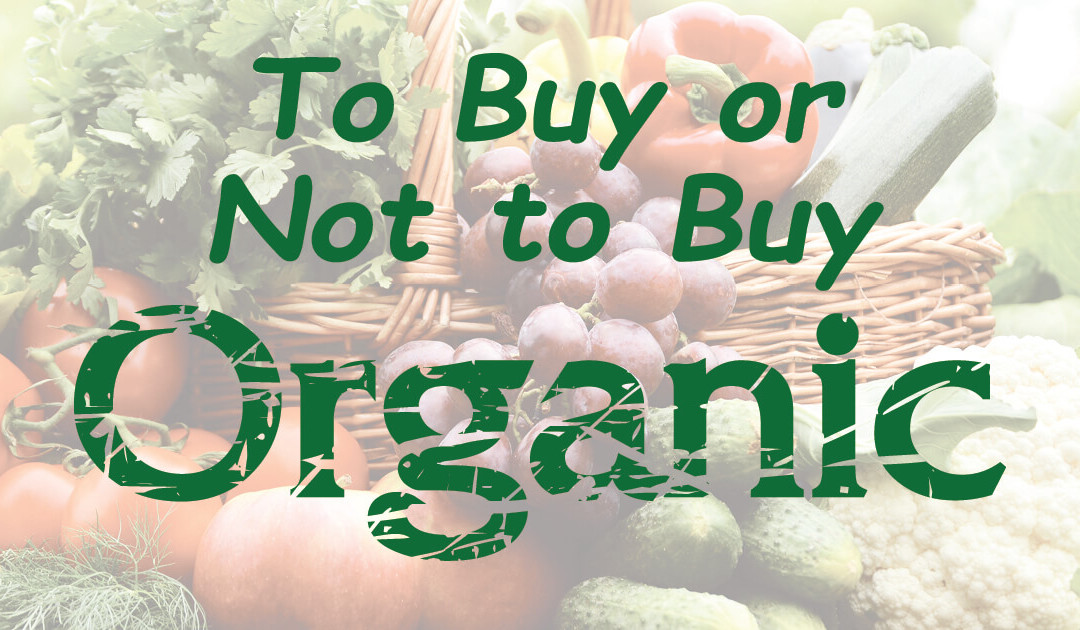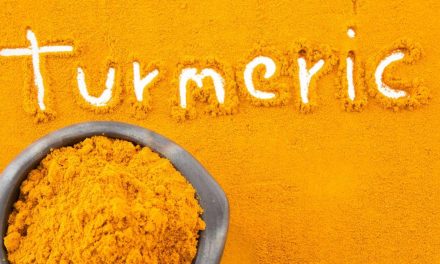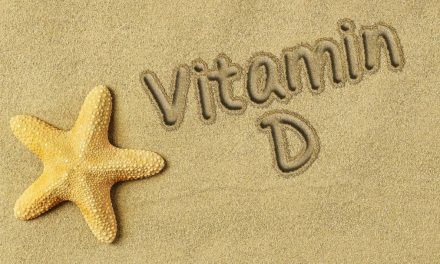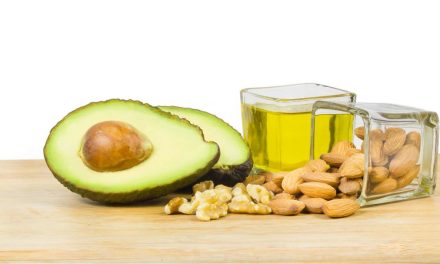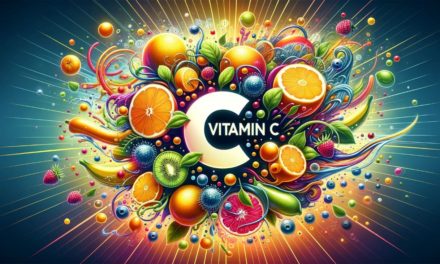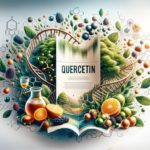Let’s face it, we know that organic is better for us but economically it doesn’t always work into the budget. I know that you want to be sure you’re providing the best for your family but things need to be kept within reason as well. I’ve detailed out the “Dirty Dozen” and “Clean Fifteen” for you to have as a quick reference. This will help you know the absolute musts for organic and which foods you can get away with not buying organic.
Quality really does matter. Studies published within the past 15 years show much of our produce is low in phytonutrients, which are the compounds that help protect us against cardiovascular disease, cancer, dementia, and diabetes.[1] Organic foods also have little or no pesticide residues. This is a big deal, especially when feeding kids who are more vulnerable to negative health effects. Studies have also shown that produce grown in organic soils has higher levels of nutrients.[2,3,4] Have you ever had a meal only to find yourself moments later looking for something to snack on. If you’re consuming foods that are less nutrient-dense, you’re not really feeding the body. As a result, your body makes you crave more food in hopes of acquiring the nutrients it needs to properly function. Eating local and organic may initially seem like it’s more expensive, but in the long run, your body will be fed all of the necessary nutrients essential for optimal function by the body. What happens when you feed your body these nutrient-dense foods? You’ll notice that you’re satisfied on smaller portions. In the long run, you’ll actually be eating less than you do now. This will reduce the cost of not only eating clean but will also reduce the negative health effects that can come from a lack of nutrients in the diet and overexposure to toxins and chemicals that wreck havoc on the body. If buying all organic is still not an option financially, opt for local fruits and vegetables from the farmer’s markets as often as possible. Below are the lists of the absolute musts when it comes to organic and also which foods you can get away with buying from conventional farming.
“Dirty Dozen”
- apples
- strawberries
- grapes
- celery
- peaches
- spinach
- bell peppers
- nectarines (imported)
- cucumbers
- cherry tomatoes
- hot peppers
- kale/collard greens
“Clean Fifteen”
- avocados
- pineapple
- cabbage
- sweet peas
- onions
- asparagus
- mangoes
- papaya
- kiwi
- eggplant
- grapefruit
- cantaloupe
- cauliflower
- sweet potatoes
- mushrooms
This list is updated on a yearly basis. Check out the latest versions at www.ewg.org. Remember, don’t get overwhelmed, just start. Anything you do to help shift towards a healthier, cleaner lifestyle is going to help. If you’re enjoying what you’re reading, you’d love being in my private facebook group – www.facebook.com/groups/areyoureallyhealthy.
#HealthFactFriday
#AreYouReallyHealthy
References:
- http://poloralphlaurenoutlet.oncema.com/PDF%20files/Jo-Robinson-New%20York%20Times%20Poster.pdf
- http://www.soilandhealth.org/01aglibrary/Arun/V%20Worethington.pdf
- http://www.soilassociation.org/LinkClick.aspx?fileticket=cY8kfP3Q%2BgA%3D&
- https://www.organic-center.org/reportfiles/NutrientContentReport.pdf
